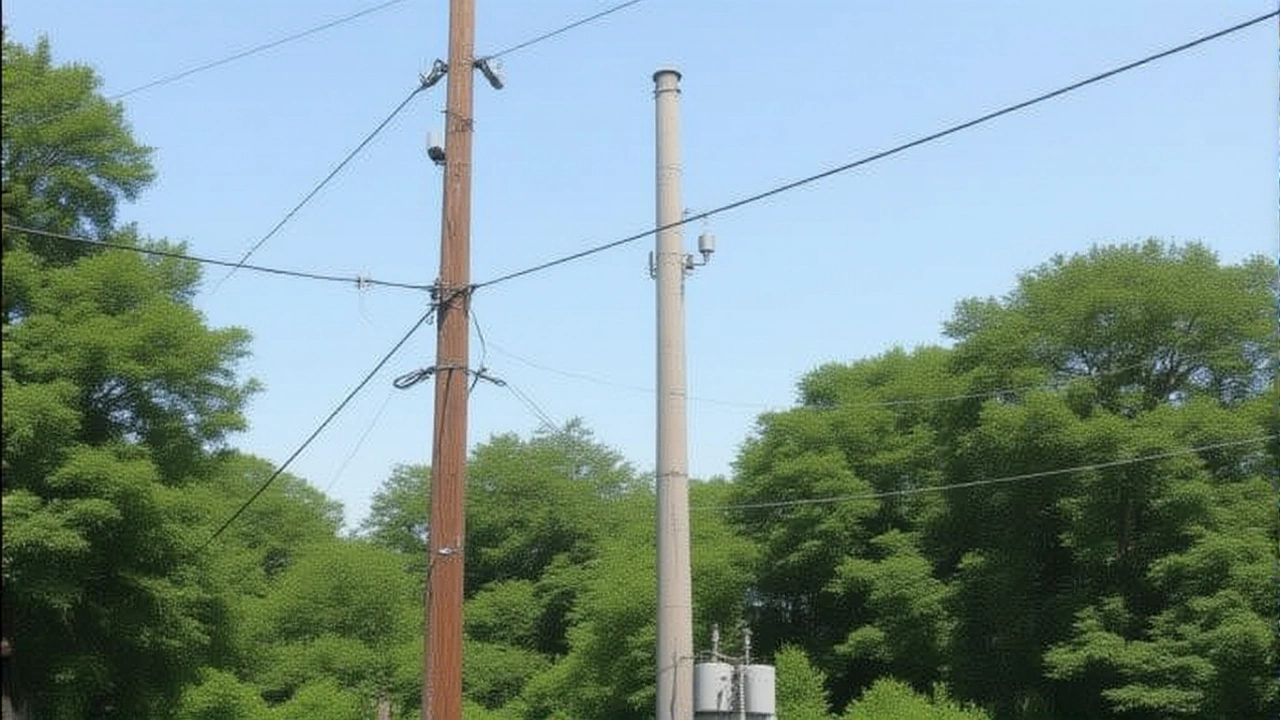Planned Outage: What It Means for You
When dealing with planned outage, a scheduled interruption of service designed for upgrades, repairs, or safety checks. Also known as scheduled maintenance, it helps keep infrastructure reliable. A maintenance schedule, the calendar that outlines when and where work will happen drives the timing, while a service interruption, the actual period when users lose access is the visible result. Good communication plan, the set of messages, channels and timings used to inform stakeholders can turn a disruptive moment into a smooth transition, and solid contingency measures, backup steps ready to restore service quickly ensure the outage ends on schedule. In short, a planned outage encompasses a maintenance schedule, relies on clear communication, and demands robust contingency measures to protect users.
Why a Maintenance Schedule Matters
The maintenance schedule is more than a date on a calendar – it’s the blueprint that defines scope, resources, and risk. Attributes include start and end times, affected systems, and required personnel. When the schedule lines up with low‑usage periods, the service interruption hits fewer users, which reduces complaints. That’s why many providers draft the schedule after analyzing traffic patterns and seasonal demand. The schedule also flags when contingency measures must be on standby, such as backup power or alternate routing. By linking the schedule directly to contingency steps, organizations can cut recovery time in half. The result is a smoother outage that respects both operational needs and user expectations.
Effective communication is the bridge between the technical plan and the people who experience it. A solid communication plan outlines who gets notified, how soon, and through which channels – email alerts, SMS, status pages, or even social media. Timing matters: an early heads‑up builds trust, while real‑time updates during the outage keep frustration low. The plan also defines the language used – plain, jargon‑free wording that tells users what’s happening, why it’s needed, and when normal service will return. When the message includes clear steps for users, such as saving work or switching to a backup app, the service interruption feels less like a surprise and more like a managed event. Good communication also feeds back into the schedule, letting teams adjust timing if user impact spikes.
Contingency measures are the safety net that turns a planned outage into a painless pause. These measures can be as simple as a redundant server that kicks in automatically, or as complex as a full disaster‑recovery drill practiced monthly. Key attributes include trigger conditions, responsible teams, and rollback procedures. When the outage ends, post‑outage verification checks that all systems are back to baseline performance – latency, data integrity, and user access are re‑tested. If anything falls short, the contingency plan includes a rapid response loop to fix issues before users notice. By pairing contingency measures with a detailed maintenance schedule and a transparent communication plan, the whole process becomes predictable and reliable. Below you’ll find articles that dive deeper into each of these pieces, share real‑world examples, and offer tips you can apply to your own service disruptions.
CenterPoint Energy Can Shut Off Power Without Notice, Homeowners Warned
CenterPoint Energy can legally turn off power without notice, leaving Texas homeowners like Hugo to face sudden outages during hot weather and limited recourse for damages.



